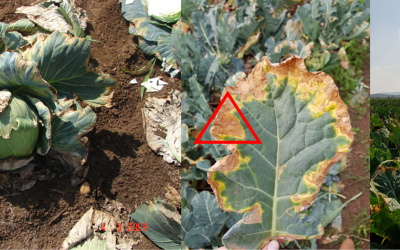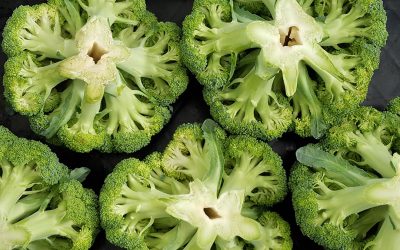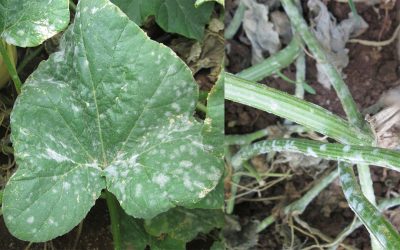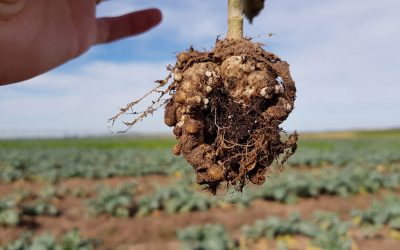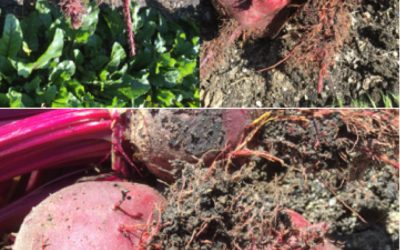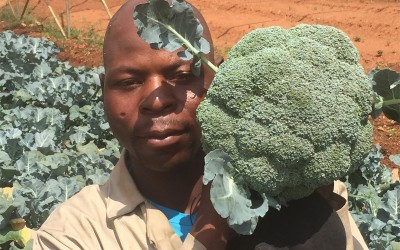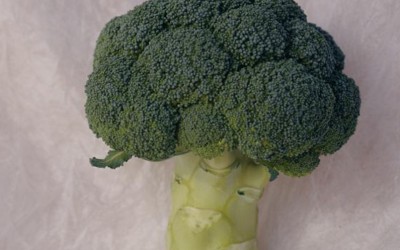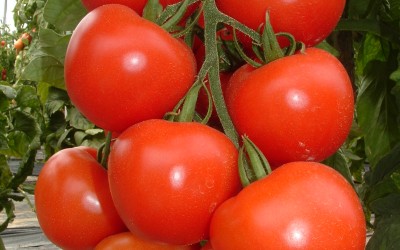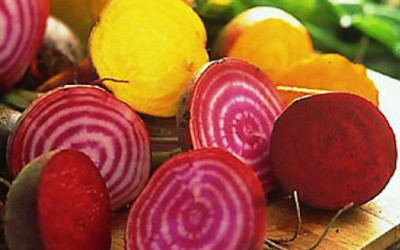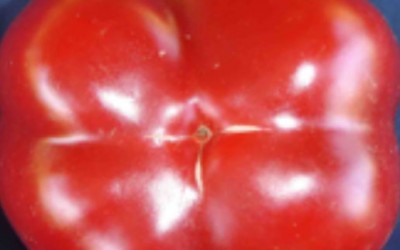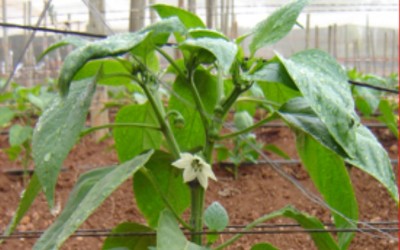Growing info
Need a helping hand? Or maybe you just want more information on management practices. You will find the answer here!
Black rot Optima
Black rot (Xanthomonas Campestris) What symptoms to observe.Black rot (Xanthomonas Campestris) Where does it come from? Commonly found bacteria – being both airborne and water borne. Enters the plant through natural openings. Usually more problematic in summer due to...
Blackrot – Xanthomonas Campestris
Hydathodes (or pores) on the margin of these cabbage leafs exude plant sap or guttation droplets early in the morning. These hydathodes are the most common entry method for Xanthomonas campestris pv. campstris Black rot, caused by the bacterium Xanthomonas campestris...
Focusing on Pink Root in Onions
Disease symptoms: Pink Root is caused by the soil-borne fungal pathogen, Phoma terrestris (syn. Pyrenochaeta terrestris), and is a serious problem for multiple onion growers. This disease can cause significant reductions in crop yields and quality in many onion...
Physiological Disorders of Broccoli & Cauliflower
With the extreme fluctuations in temperature and the erratic rainfall pattern experienced the past few seasons, physiological disorders of all vegetables have become more prevalent than in the past. Two of these disorders that are very common in broccoli...
Powdery Mildew on Cucurbits
Powdery mildew is a fungal disease that can infect all cucurbit crops. The disease is found worldwide and can cause severe reductions in yield if not sprayed for preventatively. There are two pathogens that infect cucurbits, Podosphaera xanthii (ex Sphaerotheca...
Brassica diseases – what to look out for
Brassica crops are affected by many diseases, therefore it is important for growers to determine which diseases are prevalent in their growing area and season. They should use cultural practices and varieties that reduce the impact of key diseases. It is...
Solution Monday: Rhizomania or “crazy root” on beetroot
Rhizomania, is caused by the beet necrotic yellow vein virus (BNYVV), which had been classified as a furovirus. BNYVV is transmitted by the soil-borne plasmodiophorid-like fungus Polymyxa betae, which is an obligate parasite - requires a suitable host to complete its...
The Versatile Parthenon
Parthenon Broccoli is known all over the world for its exceptional quality and versatility as well as a yield potential that outshine most broccoli varieties. Parthenon has once again done Sakata proud when it was recently harvested at Dew Valley Farm (which is part...
Brassica Seed Quality
Brassica Seed Quality The most common of all quality assurance complaints received by seed companies relate to germination and vigour of brassica seed. Seed companies perform a number of different types of tests in order to provide...
Managing water requirements for tomatoes its all in the balance
Tomato production, it’s all in the balance During the life cycle of tomato production there are different stages that the plants go through, this need to be managed or manipulated by the grower. This can be expressed as the generative or vegetative stages of the...
Why Beet?
Beet is a vegetable and a natural “superfood” that offers powerful health and nutritional benefits. The current interest in beet is on the rise because research studies state that beet is the richest source of Dietary Nitrates. It is these...
Cracks on Sweet Peppers
Cracking (also called sugar crack) is one of the most common physiological problems on sweet peppers in South Africa. Cracks can be small or large on the fruit shoulder, the sides or the blossom end of fruit. Fruit with fine, inconspicuous cracks (Figure 1, A &...
Sweet Pepper Seedlings: How old?
Seedlings are the beginning of any sweet pepper crop. It therefore makes sense to pay particular attention to seedling quality. Sweet pepper seedlings tend to grow slowly and it became common practice to transplant them when they are ‘strong’ and the roots hold the...

